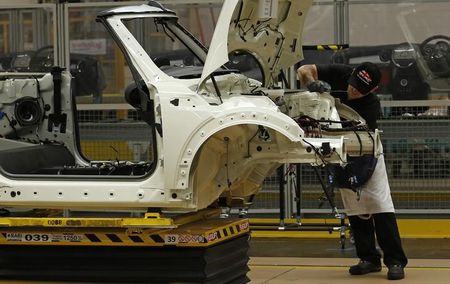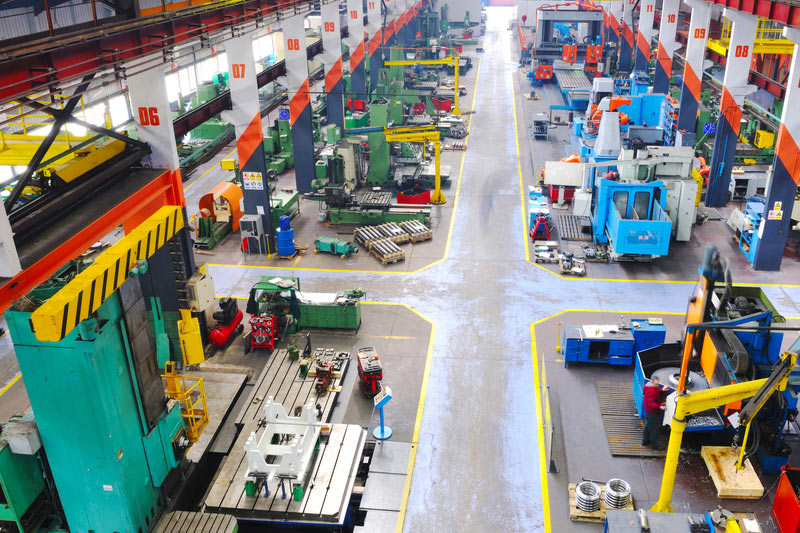By David Milliken and William Schomberg
LONDON (Reuters) - British factory output suffered an unexpected slump in May, echoing a similar decline in German industrial production, according to official data on Tuesday that raises questions about the pace of the country's recovery.
Factory output dropped by 1.3 percent in May, its biggest fall since January 2013 and in sharp contrast to economists' forecasts for a solid 0.4 percent increase, the Office for National Statistics (ONS) said.
The decline comes after the sector recorded its strongest growth in nearly four years in the three months to April, and goes against the grain of robust private-sector surveys and a run of more positive surprises from British data.
The Bank of England forecast in May that Britain's red-hot economic growth would start to slow in the second half of this year, though more recently Governor Mark Carney said he had seen little sign that this was about to happen.
Sterling weakened and government bond prices extended gains on the news, on bets that this could slightly reduce the chance of a first Bank of England rate rise this year. But economists said it was too soon to draw big conclusions.
"Given the strength of the business surveys, I would really view this an aberration," said Societe Generale economist Brian Hilliard. He expected a sharp reversal in the data next month and was not changing his forecast for second-quarter growth.
The ONS had no specific explanation for the decline, beyond saying that it occurred across a swathe of manufacturing sectors, and also in the water and sewerage industries, which feed into the broader industrial output measure.
On the year, factory output was up 3.7 percent in May, slowing from a 4.3 percent increase in April.
Industrial output - which makes up 15 percent of the economy - dropped by 0.7 percent on the month, its biggest fall since August 2013, causing annual growth to slow to 2.3 percent.
The oil and gas sector, a source of volatility in industrial output, rose by 0.9 percent in May after some offshore production restarted. Output dropped by 2.2 percent in April.
MOMENTUM SLOWING?
Britain's robust economic recovery had previously shown increasing signs of spreading beyond housing and consumer-facing sectors, with the biggest rise in business investment in two years during the first three months of this year.
The BoE has said it wants to be sure growth is on a firm basis before it raises interest rates from their record-low 0.5 percent, something most economists think will happen late this year or early in 2015.
Tuesday's figures tally with an unexpected slump in German industrial output on Monday - though that was in large part due to an unusual timing of German public holidays which caused some factories to suspend production.
The ONS data contrasts with other readings of British manufacturing. Last week's Markit survey of factory purchasing managers pointed to strong future expansion, with the fastest growth in activity for seven months in June.
The Confederation of British Industry has also reported strong orders.
Earlier on Tuesday, a survey from the British Chambers of Commerce for the second quarter showed that manufacturers and construction firms reported the strongest domestic sales growth since the survey began in 1989.

However the BCC said other measures for exports and investment eased after a very strong start to the year.
Manufacturing has further to go to catch up on the deep slump after the 2008 financial crisis. Factory output is 7.2 percent below its peak, while services sector output is already well above where it was before the crisis.
(Editing by Jeremy Gaunt)
